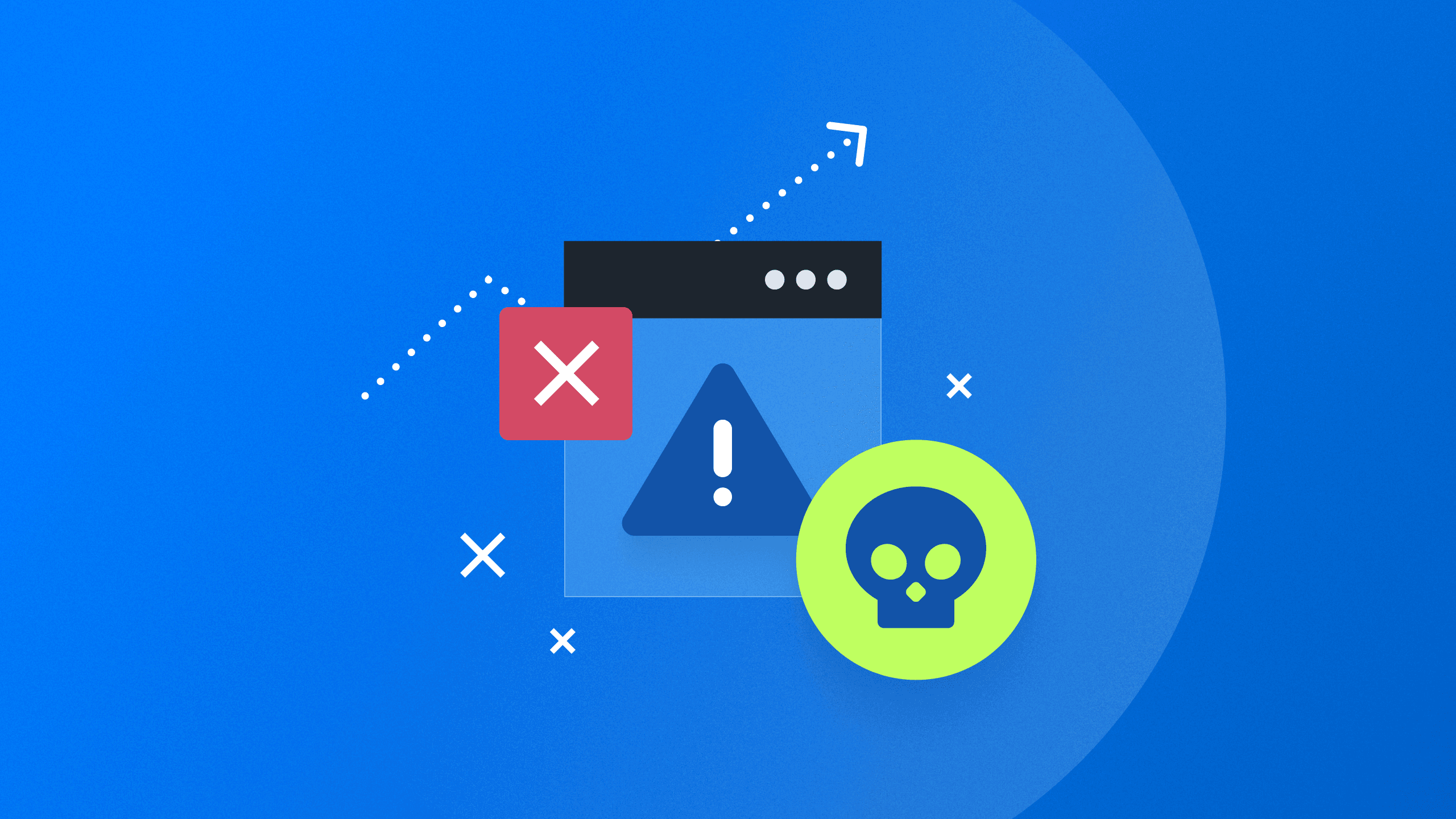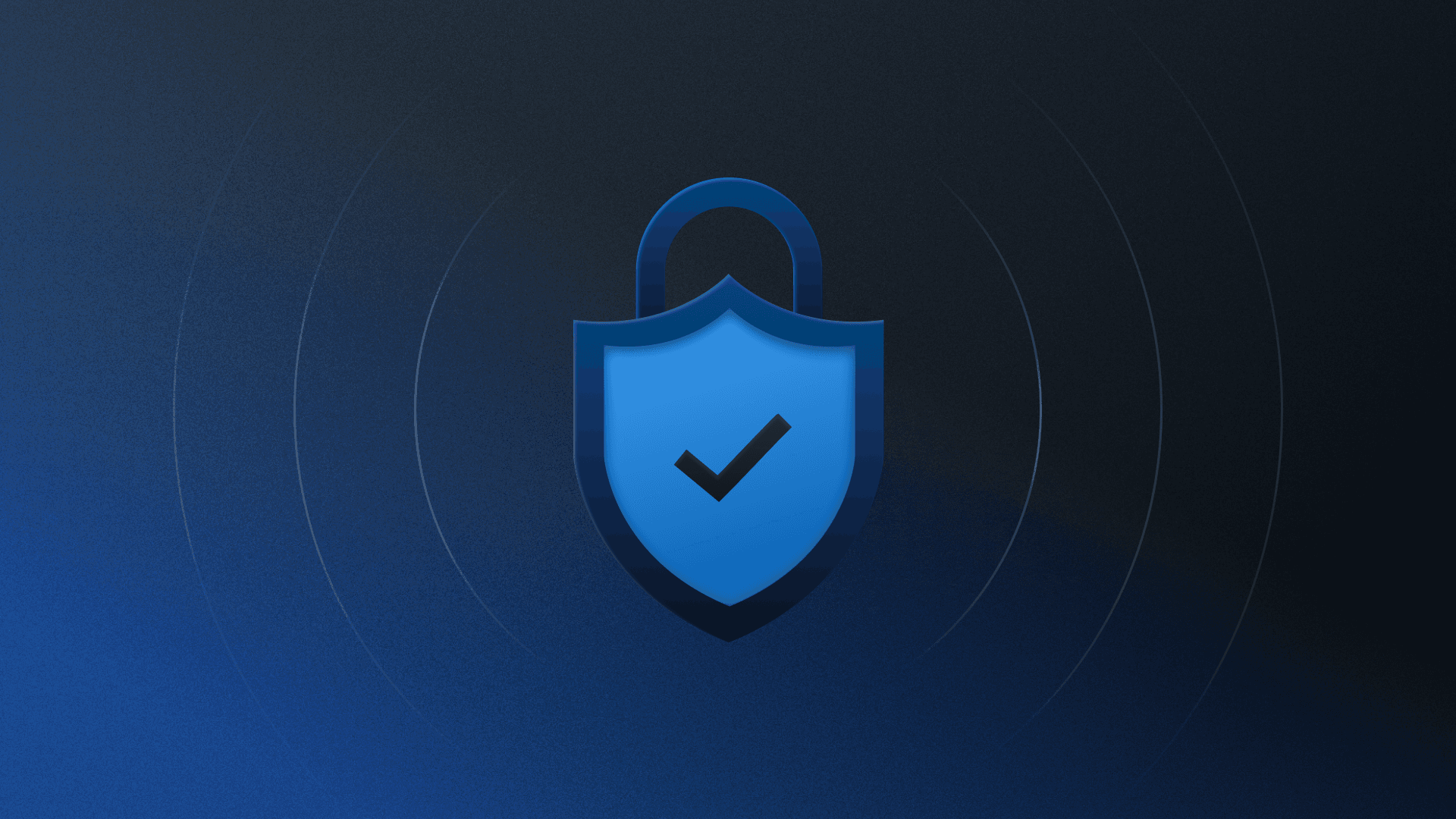Building an Agile Risk Management Program: A Step-by-Step Guide
Discover how to create an agile risk management program that adapts quickly to modern challenges and anticipates future risks. Learn key strategies to stay resilient and protect your business in an evolving landscape. Start building a proactive risk approach today.
For Governance, Risk, and Compliance (GRC) professionals accustomed to rigid frameworks and strict regulations, the need for flexibility within a risk management program can feel like a major paradigm shift. However, adopting an agile approach to GRC enables teams to pivot quickly, better manage risks, and stay ahead of competitors.
Why Agile Risk Management Matters in Modern GRC
The traditional GRC approach often focuses on periodic risk assessments, frequent updates to risk registers, and a primarily reactive stance. By contrast, agile GRC programs emphasize continuous assessment, rapid iteration, and proactive risk response, ensuring that the organization is resilient against emerging threats.
Agile risk management doesn’t just protect an organization; it strengthens its ability to respond to change, enhances its competitive edge, and positions it as a leader in the industry. Here’s how to do it:
1. Shift to Continuous Risk Assessment
Think of agile risk management like steering a ship through ever-changing waters. Instead of dropping anchor with static, one-time risk assessments, it’s about constantly adjusting the sails—moving from manual, snapshot assessments to a continuous, real-time approach. This way, you’re always prepared to navigate whatever comes your way. Implementing ongoing assessments allows teams to identify and address risks as they emerge rather than waiting for quarterly or annual reviews. Leveraging automated tools and real-time data can streamline this shift, giving GRC professionals a clearer picture of risk exposure across all departments.
Use automation to continuously collect, analyze, and report risk data. Automated risk management solutions can alert you to new risks and ensure consistent monitoring without relying on manual assessments.
2. Prioritize and Triage Risks
Agile risk management means putting your resources where they’re needed most. Instead of treating every risk with the same urgency—which often leads to missed details—build a prioritization model that ranks risks by impact and likelihood.
This approach allows you to make swift, data-driven decisions and address critical issues before they escalate.
A heat map can help you see these priorities at a glance. With automated tools highlighting risks based on changing threat levels, your team can jump on high-priority issues faster, keeping everything running smoothly.
3. Build Cross-Functional Collaboration into the Process
Imagine you're managing a series of fires—some are just sparks, while others are already blazing. Agile risk management is about channeling resources to the most urgent flames first. Instead of treating every risk with the same level of urgency, this approach guides you to prioritize based on impact and likelihood. By addressing the most pressing threats quickly, you’re empowered to make smart, data-driven decisions that prevent small issues from igniting into larger crises.
Cross-functional insights not only foster a holistic understanding of risk but also enable rapid response to interconnected threats. Getting other teams on board fosters a security-first mindset across the company and makes cybersecurity a shared responsibility. It’s all about creating a culture where everyone feels they play a role in keeping things secure.
4. Implement Incremental Updates with an Iterative Approach
An agile GRC program relies on an iterative approach to risk management, which involves small, incremental changes instead of large-scale overhauls. By breaking down risk management into bite-sized steps, teams can stay nimble, responding to new threats in real-time without throwing off daily operations. This steady, step-by-step approach also keeps feedback flowing, helping teams adjust quickly based on the latest risk insights.
Try setting up regular "risk sprints"—quick check-ins to review the latest data, shift priorities, and fine-tune your risk management tactics. Let automation do the heavy lifting here, tracking these updates and gathering insights on what’s working well and where there’s room for improvement.
5. Leverage Automation to Speed Up Risk Mitigation
Automation is the secret sauce for keeping risk management agile and efficient. By automating competitive tasks, such as compliance checks, risk scoring, and data aggregation, GRC teams can respond more quickly and focus on higher-level strategy. Plus, automation cuts down on human error, making risk assessments more accurate and consistent across the board.
6. Build a Culture of Proactivity and Flexibility
The best agile GRC programs aren’t just about tools and workflows—they thrive on a culture of adaptability and forward-thinking. Encourage a mindset shift within your GRC team to view risk as a continuous, evolving priority rather than a static checkbox. Embrace a proactive stance by empowering team members to challenge outdated processes and test new approaches to risk mitigation.
Moving Forward with Agile GRC
Transitioning to an agile risk management program is more than just a process change; it’s a strategic shift that positions GRC teams to act as business enables, not just compliance checkers. With a focus on continuous assessment, prioritization, collaboration, and automation, you can develop a program that not only keeps up with the pace of modern risk but anticipates them.





